One-and-a-half inches is all it takes to start a war. That’s the difference in diameter between 27.5” and 29” wheels. It can influence mountain bike purchases, turn friends into enemies, and inflame internet comments. But how much does wheel size really matter? Each option has its benefits, and we’re starting to see some interesting trends that may sway your future buying decisions. Here’s what you need to know about 27.5” vs. 29”.
Contents
- The difference between 27.5” and 29” MTB wheels
- Is 27.5” dying?
- Why is 29” so popular now?
- What about 29"/27.5" mullet bikes?
- Should you buy a 27.5” or 29” MTB?
- 27.5” vs. 29”: Final thoughts
[button]Shop mountain bikes[/button]
The difference between 27.5” and 29” MTB wheels
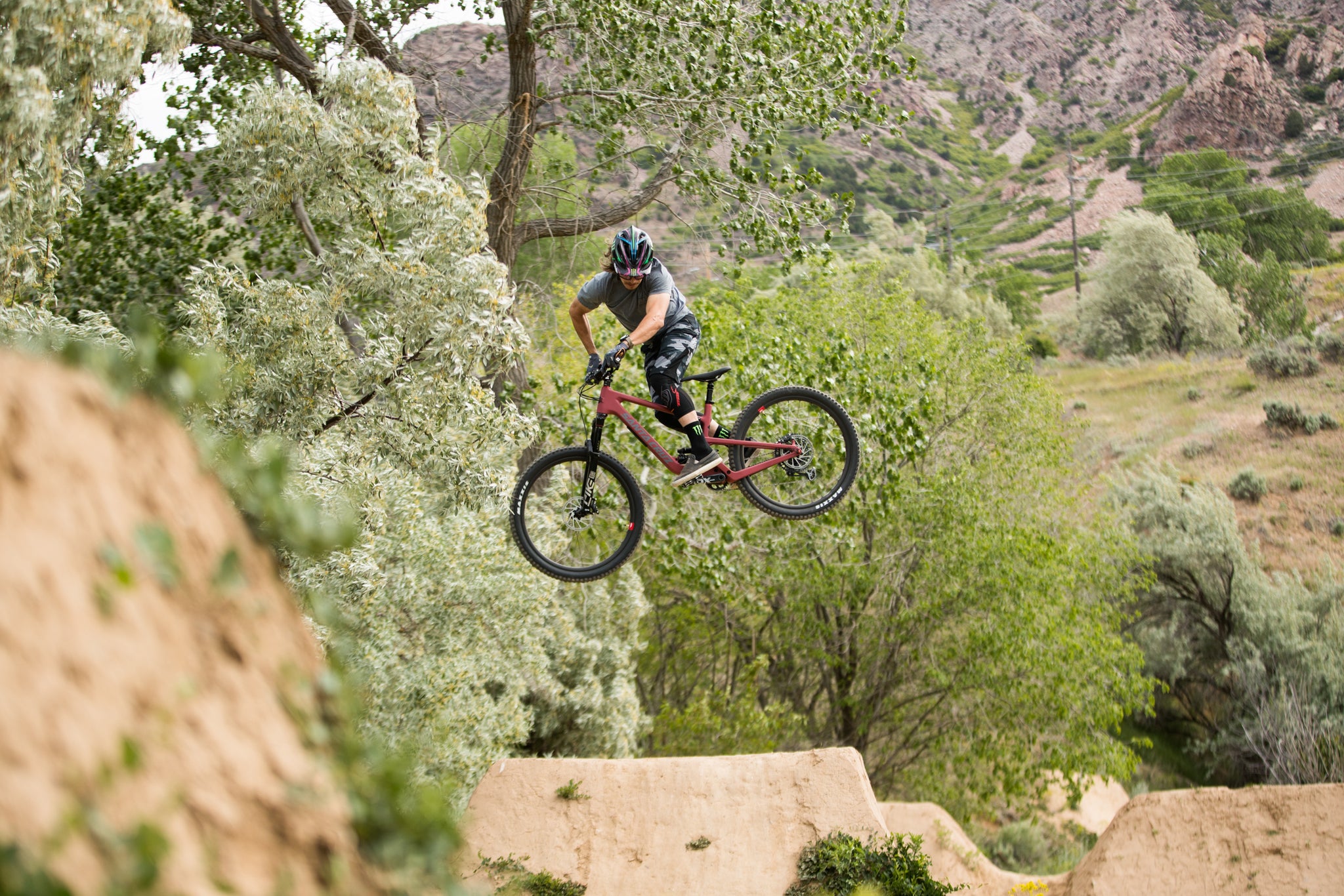 Boosting jumps and getting sideways is easy on a 27.5" bike like the Santa Cruz 5010. Photo: Santa Cruz Bikes.
Boosting jumps and getting sideways is easy on a 27.5" bike like the Santa Cruz 5010. Photo: Santa Cruz Bikes.
27.5” MTB wheels
- Quicker and more playful handling
- The traditional choice for downhill riding
- Smaller wheels are generally lighter, stiffer, and stronger
- Good option for shorter riders
Who’s it for: Riders who prefer playfulness, maneuverability, and style versus outright speed. Riders who specialize in jumps, freeride terrain, or bike parks.
[button]SHOP 27.5” MOUNTAIN BIKES[/button]
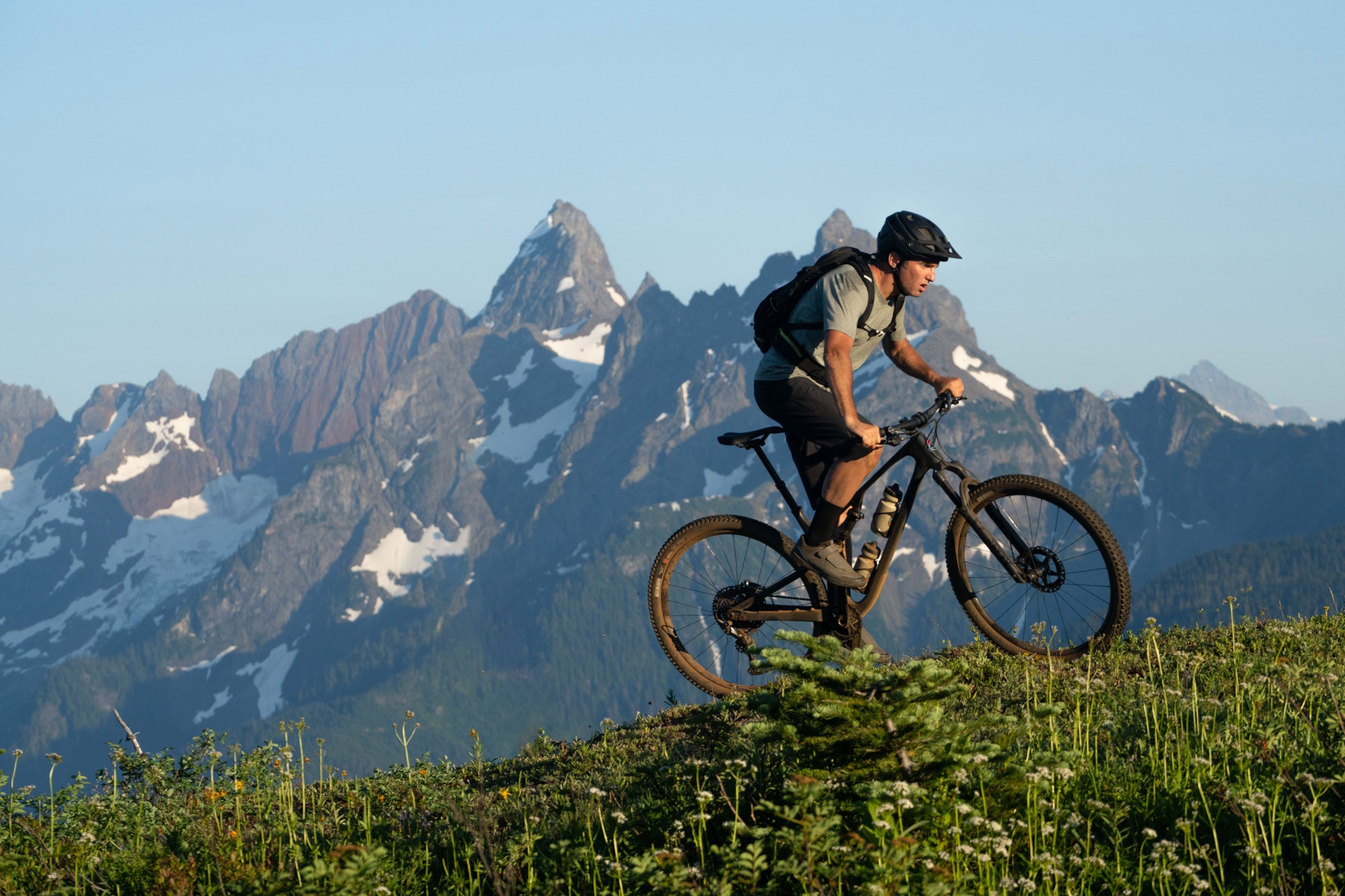 It's easier to crush big climbs and tackle rough backcountry descents on a 29" bike like the Rocky Mountain Element. Photo: Rocky Mountain Bicycles.
It's easier to crush big climbs and tackle rough backcountry descents on a 29" bike like the Rocky Mountain Element. Photo: Rocky Mountain Bicycles.
29” MTB wheels
- Rolls over rough terrain and obstacles more easily
- The traditional choice for cross-country racing
- Becoming popular for trail, enduro, and even downhill racing
- Good option for taller riders
Who it’s for: Riders who want to maximize uphill and downhill speed for racing or crushing Strava segments. Riders who want to stay up-to-date with the latest tech.
[button]SHOP 29” MOUNTAIN BIKES[/button]
27.5” vs. 29” history
When the first mountain bikes were developed in the ‘70s, the pioneers of the sport used 26” wheels and tires on their modified “klunkers” because they were readily available. This went on to be the standard mountain bike wheel size for the next 30 years.
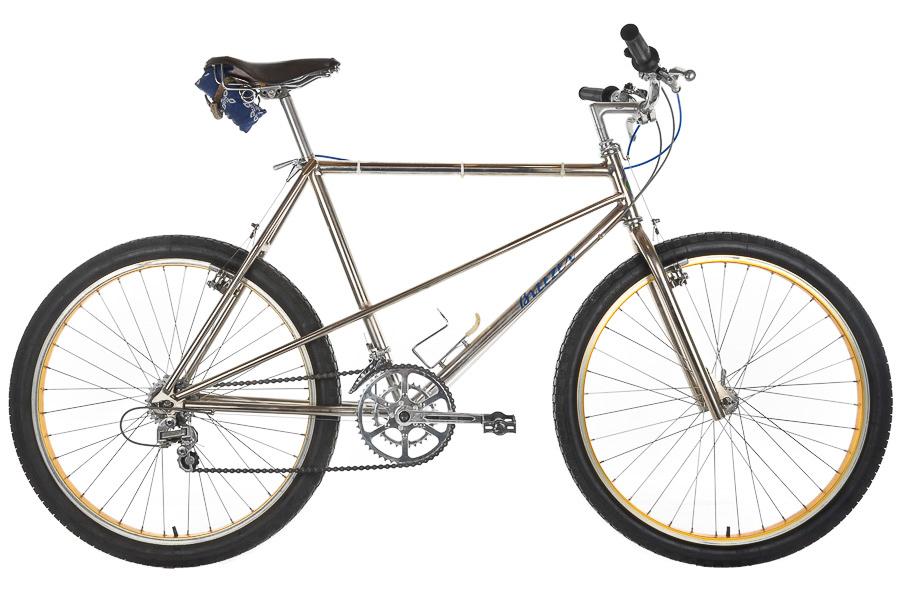 The Breezer Series I was the original mountain bike and rolled on 26" wheels.
The Breezer Series I was the original mountain bike and rolled on 26" wheels.
Designers were already experimenting with larger 29” wheels as early as the ‘80s and ‘90s, but it remained a niche category until the early ‘00s. In the new millennium, “29ers” quickly grew in popularity and were embraced by cross-country riders. Short-travel and hardtail XC bikes benefitted from the extra rollover and traction of the larger wheel. It helped maintain momentum and speed through rough terrain.
Despite this rollover advantage, early 29” mountain bikes often had sluggish handling, poor tire clearance, and riding positions that were too high. Soon, 27.5” wheels emerged as a potential compromise between 29” and 26” wheels. The 27.5” (or 650b) standard wasn’t entirely new, as it was already a popular wheel size for touring bikes. Over time, it completely replaced the old 26” wheel size.
Because 27.5” wheels have a smaller diameter than 29”, they have less angular momentum so it is easier for riders to change direction. This made 27.5” the preferred choice for downhill and enduro riding. Now though, modern 29” bikes have improved dramatically thanks to modern geometry and new components like reduced offset forks. They are competing toe-to-toe, or even replacing many of their 27.5” rivals in gravity disciplines like enduro and downhill.
[newsletter]
Is 27.5” dying?
If you look at the newest mountain bikes Specialized, Trek, and Cannondale are selling, you might notice a lack of 27.5” bikes. If you follow bike news and new bike releases, it’s clear that new, dedicated 27.5” bikes are becoming rare.
Using data from 99Spokes, I compared how many U.S. bike models were available with either 27.5” or 29” wheels from 2017 to now. You’ll notice that 27.5” models used to outnumber 29” models, but that flipped around 2020. (Note: the data from 2022 is incomplete because not all new bike models have been released. But it shows the same trend as the previous two years.)
27.5" vs. 29" mountain bike models for sale by year
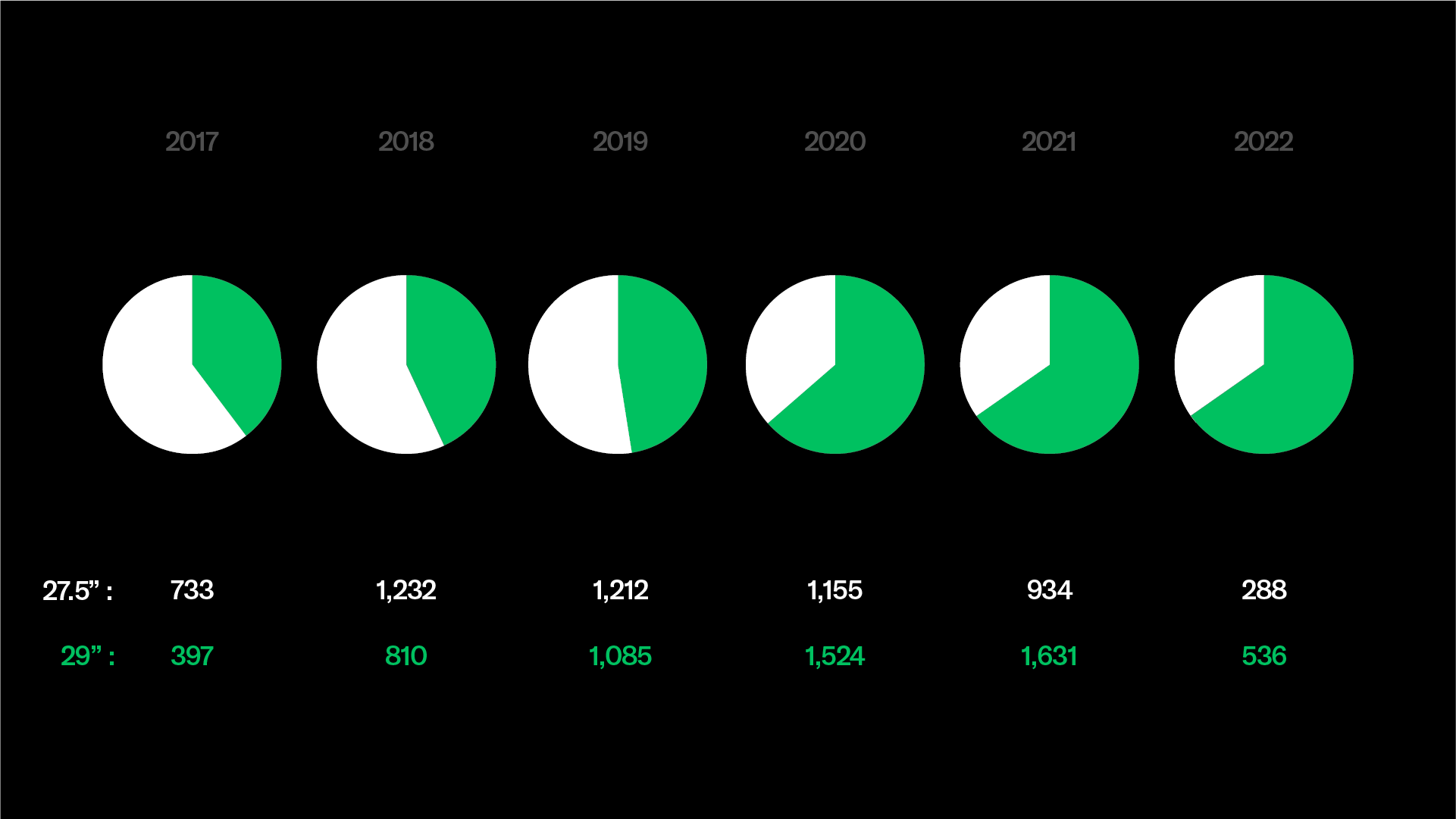 This trend is reflected by our own inventory — we regularly have more 29” bikes in stock than 27.5” bikes. Does this mean 27.5” wheels are going the way of 26” wheels and the dodo? I asked several sales and marketing people from various bike brands, and interestingly, no one wanted to comment. Things aren’t looking good for 27.5” lovers.
This trend is reflected by our own inventory — we regularly have more 29” bikes in stock than 27.5” bikes. Does this mean 27.5” wheels are going the way of 26” wheels and the dodo? I asked several sales and marketing people from various bike brands, and interestingly, no one wanted to comment. Things aren’t looking good for 27.5” lovers.
Here’s my take: 29” wheels don’t suit every rider and application, and there are still plenty of people who prefer the ride of smaller wheels. Core mountain bike brands (i.e., brands that mostly sell mountain bikes) like Yeti, Santa Cruz, Ibis, Transition, and Evil still offer at least one dedicated 27.5” model.
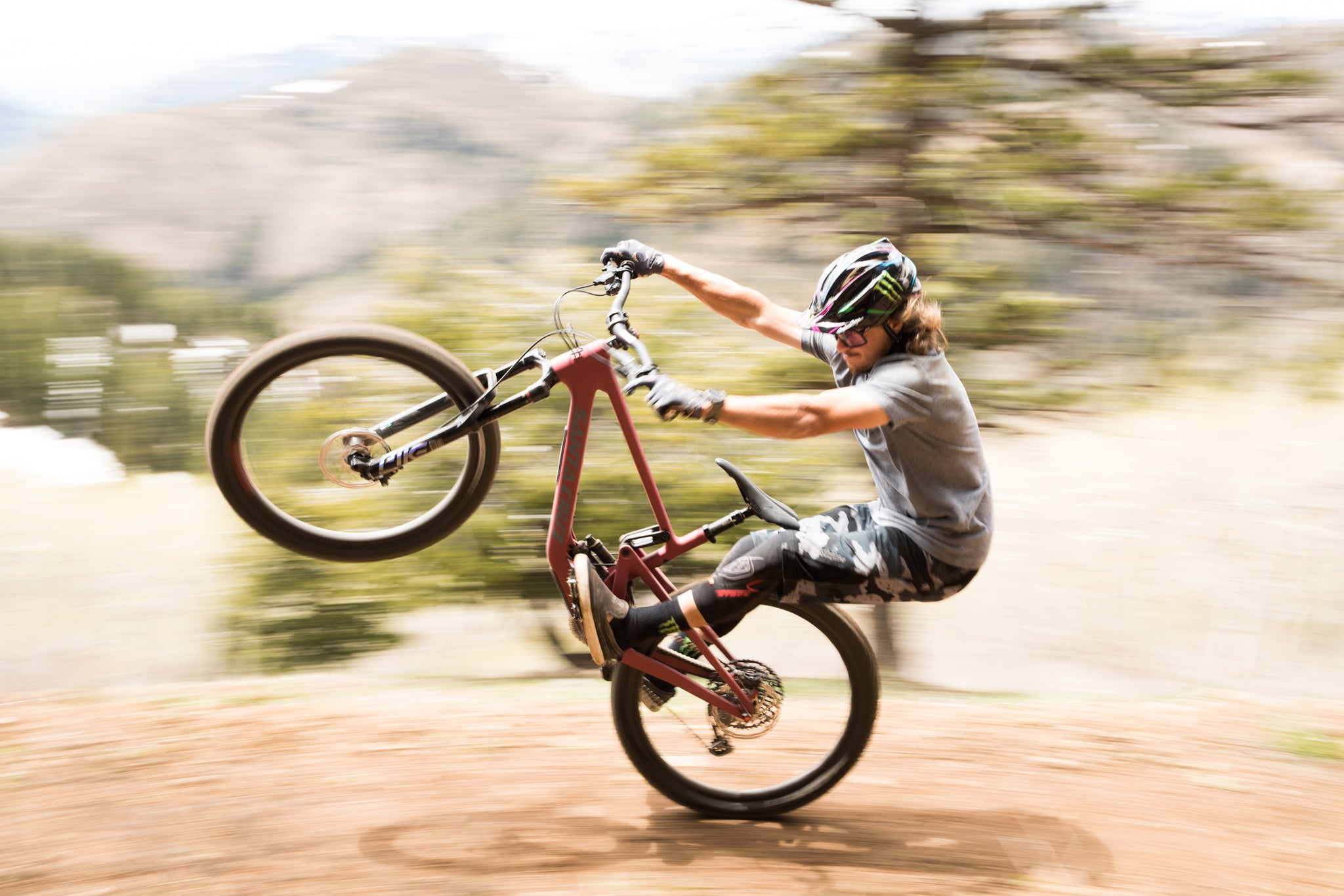 Companies like Santa Cruz still cater to riders who want to play with 27.5" bikes like the updated 5010. Photo: Santa Cruz Bicycles.
Companies like Santa Cruz still cater to riders who want to play with 27.5" bikes like the updated 5010. Photo: Santa Cruz Bicycles.
I think 27.5” wheels will always have a place in the sport and they’ll probably stick around for at least another decade or two. Recent releases of new and updated dedicated 27.5” bikes like the Santa Cruz 5010, Transition Scout, and Yeti SB140 and SB165, are a good sign for the future of small wheels.
Why is 29” so popular now?
If you ask me to pin the surging popularity of 29” wheels on one single factor, it’s professional racing. Big wheels gained early acceptance in cross-country racing, but didn’t become the dominant wheel size until it got a foothold in gravity riding.
In 2017, Santa Cruz shook up the World Cup downhill scene by introducing its 29er V10 downhill bike. These bikes were instantly competitive, and rivals scrambled to design and implement their own 29” downhill bikes. That year, Santa Cruz rider and downhill legend, Greg Minnaar, won two races and became the first rider to win a downhill World Cup on 29” wheels. The next year, Amaury Pierron won three races and the World Cup overall on 29” wheels.
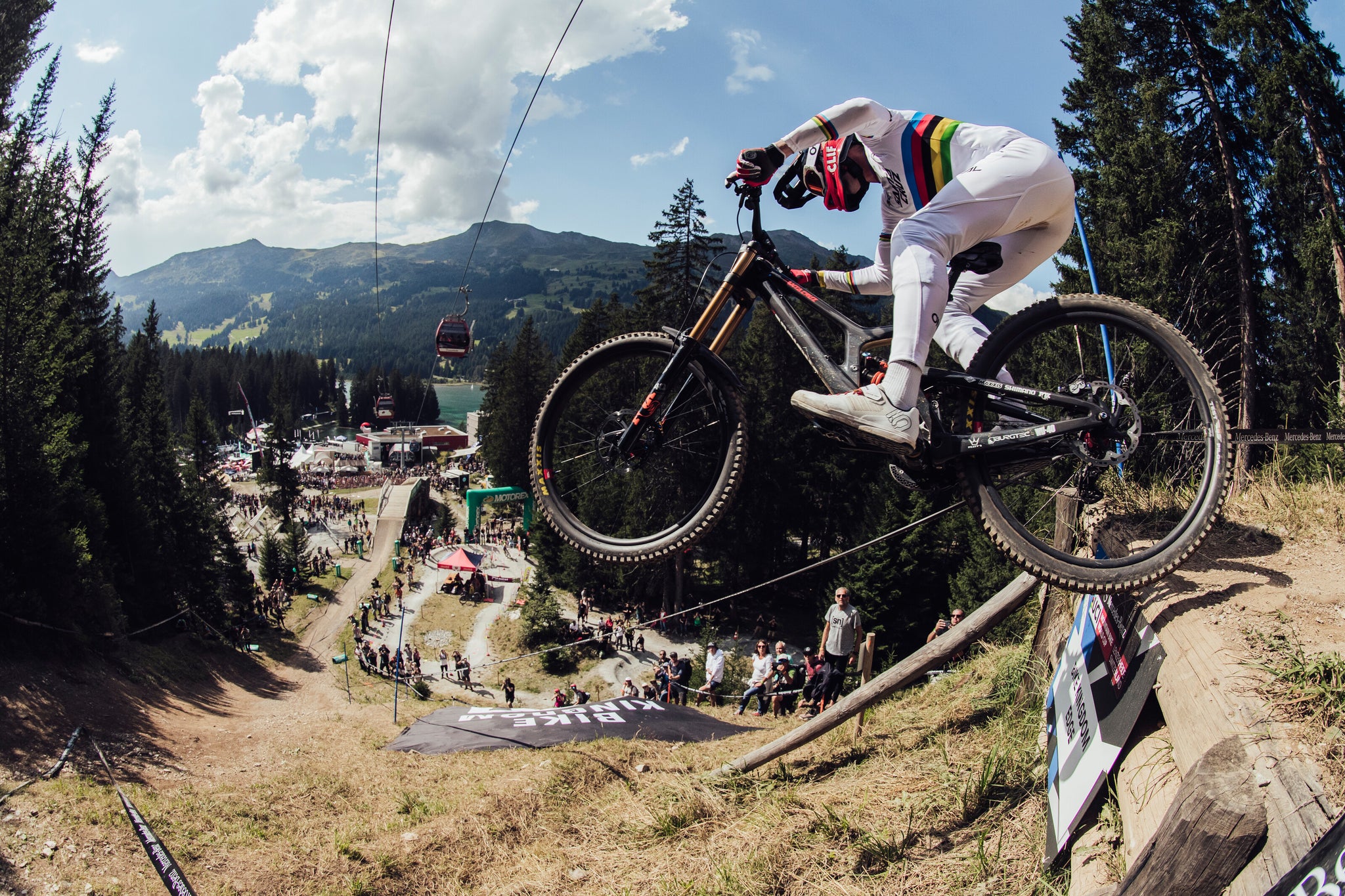 6'2" downhill legend Greg Minnaar won his fourth downhill world championship on 29" wheels. Photo: Bartek Wolinski / Red Bull content Pool.
6'2" downhill legend Greg Minnaar won his fourth downhill world championship on 29" wheels. Photo: Bartek Wolinski / Red Bull content Pool.
The last rider to win a World Cup on 27.5” wheels was Tracey Hannah at Les Gets in 2019 (she also won the women’s overall title that year). Now, with 29” wheels taking over, it’s hard to imagine 27.5” winning another World Cup downhill. Similarly, 29” wheels have also become the dominant wheel size in the Enduro World Series.
Racing is the proving ground for new bikes and technology. The competitive success of 29” wheels has made them more desirable to brands and customers who prioritize speed and performance.
What about 29”/27.5” mullet bikes?
“Mullet” bikes use a 29” front wheel with a 27.5” rear wheel. Mixed wheel size bikes began appearing on the downhill World Cup circuit after the UCI relaxed a rule stipulating that riders had to run the same size wheel front and rear at the end of 2018. Racers immediately began experimenting with mullet mountain bikes. I’ve already written about whether mullet bikes are here to stay. But something interesting has happened since that piece was first published.
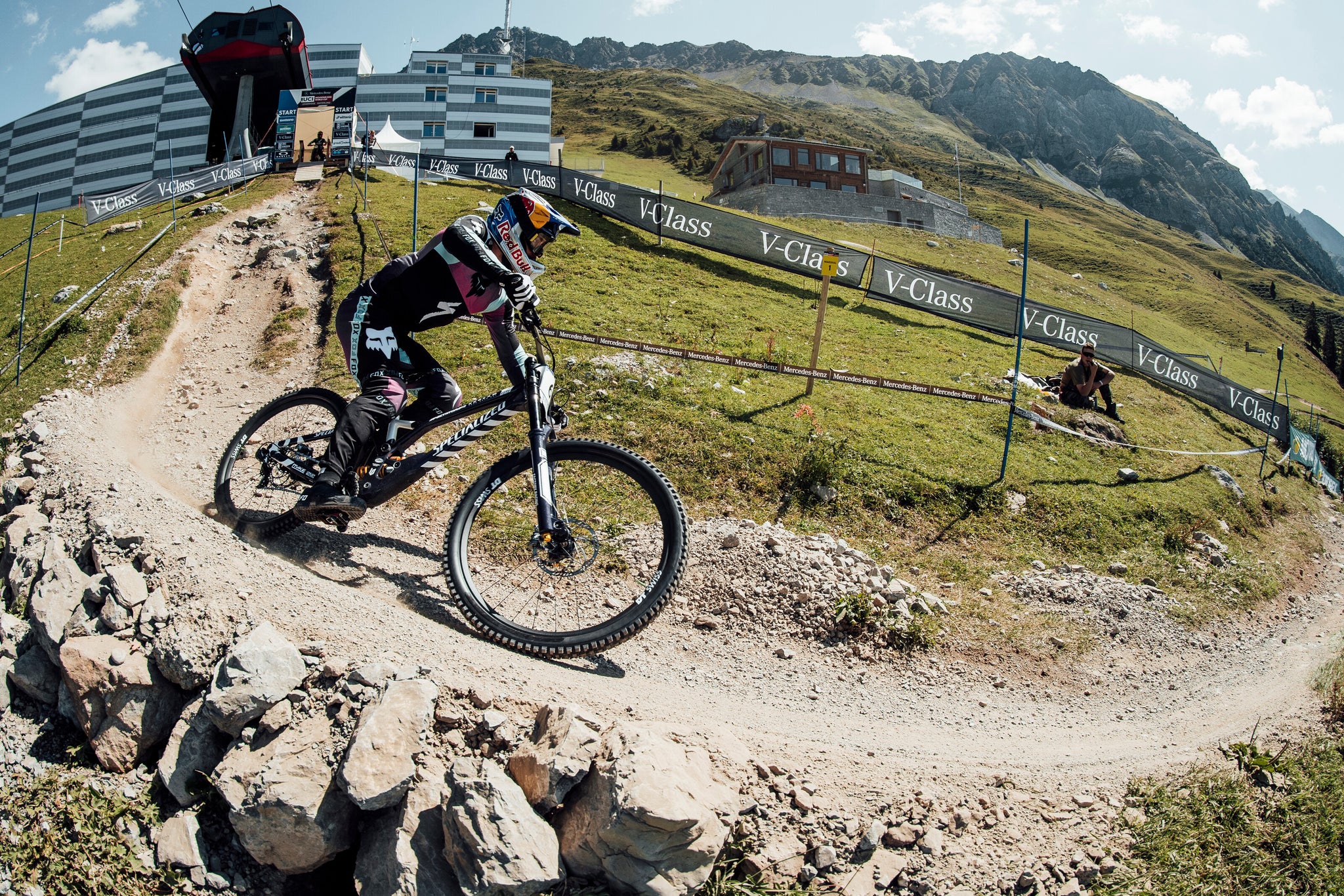 5'11", four-time downhill world champion Loic Bruni has been winning on a mullet bike since 2019. Photo by: Bartek Wolinski / Red Bull content Pool.
5'11", four-time downhill world champion Loic Bruni has been winning on a mullet bike since 2019. Photo by: Bartek Wolinski / Red Bull content Pool.
In 2019, right after the rule change, mullet bikes won 10 out of 18 DH races (men’s and women’s). In 2020, they won 8 out of 10 races, and in 2021, 11 out of 14. In three short years, mullets have become dominant in downhill racing.
The mullet may be the best of both worlds. At the front, you have the rollover and traction of a larger wheel that lets you plow straight through rough terrain, and at the back you have the maneuverability of a smaller wheel so you can quickly toss the bike into corners and around obstacles.
Influential mountain bike brands like Santa Cruz, Transition, and Evil are now offering popular 27.5” bikes like the Bronson, Patrol, and Insurgent in mullet configurations (which they call “MX” for legal reasons) from the factory. 27.5” will live on for a good while, at least as a rear wheel.
Should you buy a 27.5” or 29” MTB?
Here’s the bottom line, 27.5” bikes are still good bikes. They’re capable and fun to ride. The marginal performance gains of 29” wheels don’t matter to everyone. In fact, I bet the majority of recreational mountain bikers don’t care about racing, and I know from experience that average riders don’t usually benefit from copying the pros.
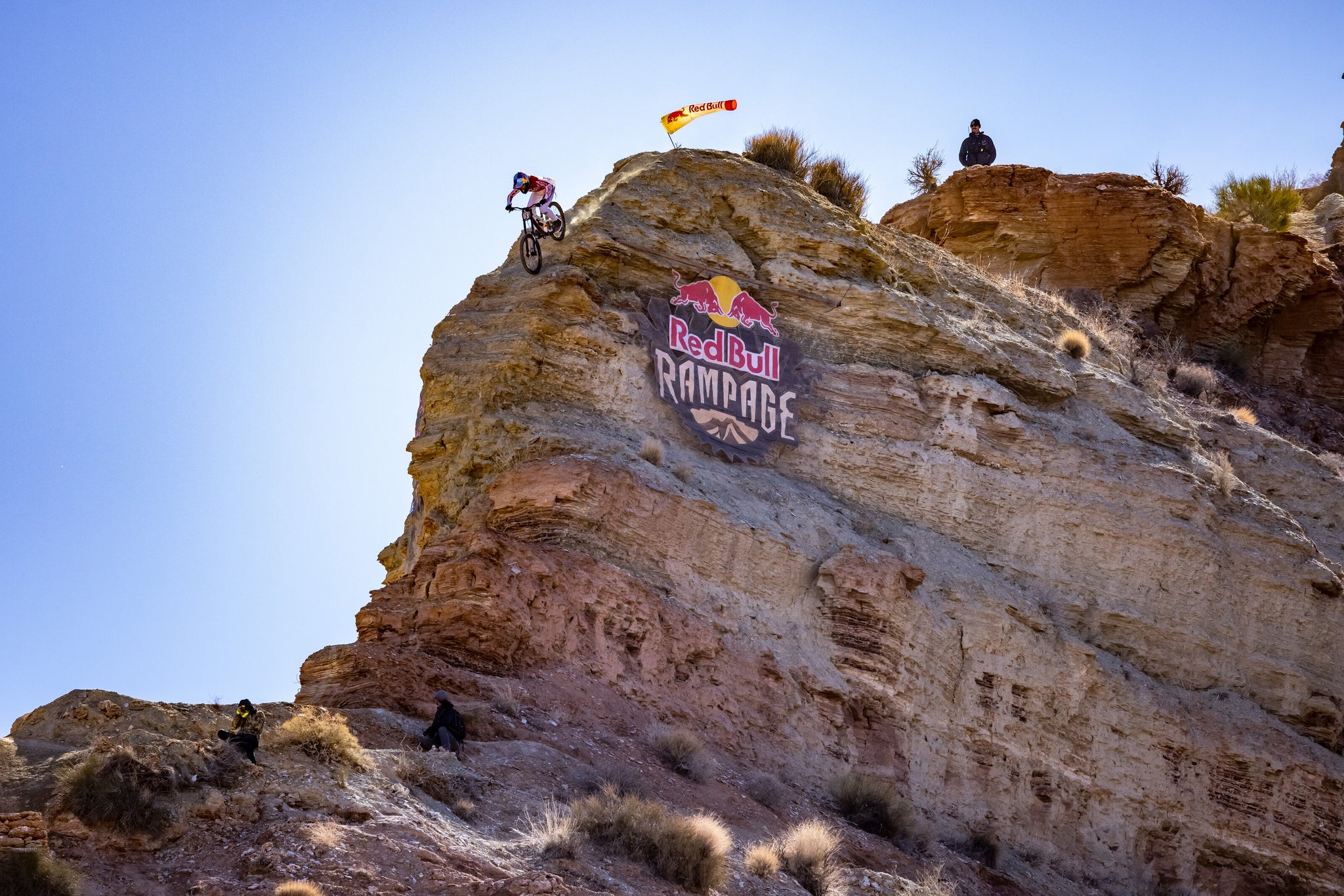 Riders like Jaxson Riddle, still trust 27.5" wheels for maximum style and control on Rampage terrain. Photo by: Garth Milan / Red Bull Content Pool.
Riders like Jaxson Riddle, still trust 27.5" wheels for maximum style and control on Rampage terrain. Photo by: Garth Milan / Red Bull Content Pool.
So who should buy a 27.5” in 2022 and beyond? Here’s one thing to consider. If you’re familiar with Red Bull Rampage, you know that it is the most extreme freeriding competition in mountain biking. Riders are sending their bikes down the steepest and gnarliest terrain possible, and if you look at their bikes, every single one is riding 27.5” wheels. These riders aren’t racing, and instead, they’re relying on the maneuverability of their bikes (and their skills) to safely navigate these jaw-dropping features.
If your riding fantasy involves gnarly freeriding, or even just jibbing off trail features, boosting jumps, and carving turns, then a playful 27.5” bike could compliment your riding. Shorter riders or riders frequenting ultra-steep terrain will appreciate the greater butt-to-tire-clearance a smaller 27.5” wheel provides. Some brands like Rocky Mountain spec 27.5” wheels on small and X-small bikes, and provide the option of either 27.5” or 29” wheels on medium sizes so riders can get the perfect wheel size for their height.
If you’re a competitive individual who’s interested in racing, or you just want to dominate your local Strava segments and group rides, then a 29” bike is the better tool. Can’t decide? Then consider trying a mullet, or building your own by converting a 27.5” or 29” bike.
27.5” vs. 29”: Final thoughts
What does the future hold? Based on current trends, I think in the coming years we’ll continue to have a decent selection of 27.5”, 29”, and mullet mountain bikes. However, 27.5” will become a more niche wheel size while 29” and mullet bikes will become the “standard.” The good news for pure 27.5” lovers is that this might decrease the prices and increase availability (pandemic bike shortage anyone?) for pre-owned 27.5” bikes and 27.5” specific components like forks, wheels, and tires.
Currently, I do all of my riding on 29” bikes. I have a mid-travel quiver-killer bike that I can use for cross-country racing and general trail riding. My enduro race bike is also a 29” bike, but based on the results I’m seeing in pro downhill racing, I’m genuinely curious about trying a mullet set-up.
I likely won’t own another 27.5” bike anytime soon, but I ride with plenty of talented and fast riders who prefer smaller wheels. I did buy a new 27.5” trail bike for my wife who is 5’4” because she feels more comfortable and confident on the smaller wheels. Someday, if I can turn off the competitive side of my brain and just enjoy the act of riding, I might go back to a more playful 27.5” bike…maybe.
What’s your favorite wheel size and why? Let me know in the comments!
[button]Shop mountain bikes[/button]
Learn more:
Long-travel vs. Short-travel | Coil vs. Air shocks | Carbon vs. Aluminum | MTB Buyer's Guide























